In the rich and vibrant Balinese culture, lies a symbol of profound spiritual meaning - the Tridatu bracelet. This simple yet captivating accessory, known for its distinctive red, black, and white woven pattern, is not merely an ornament but a profound embodiment of Balinese spirituality and identity. Through this article, we invite you to delph deeper to understand the significance of Tridatu bracelet for Balinese Hindu believe.
The Spiritual Significance of 'Tridatu' Bracelet
The Origin
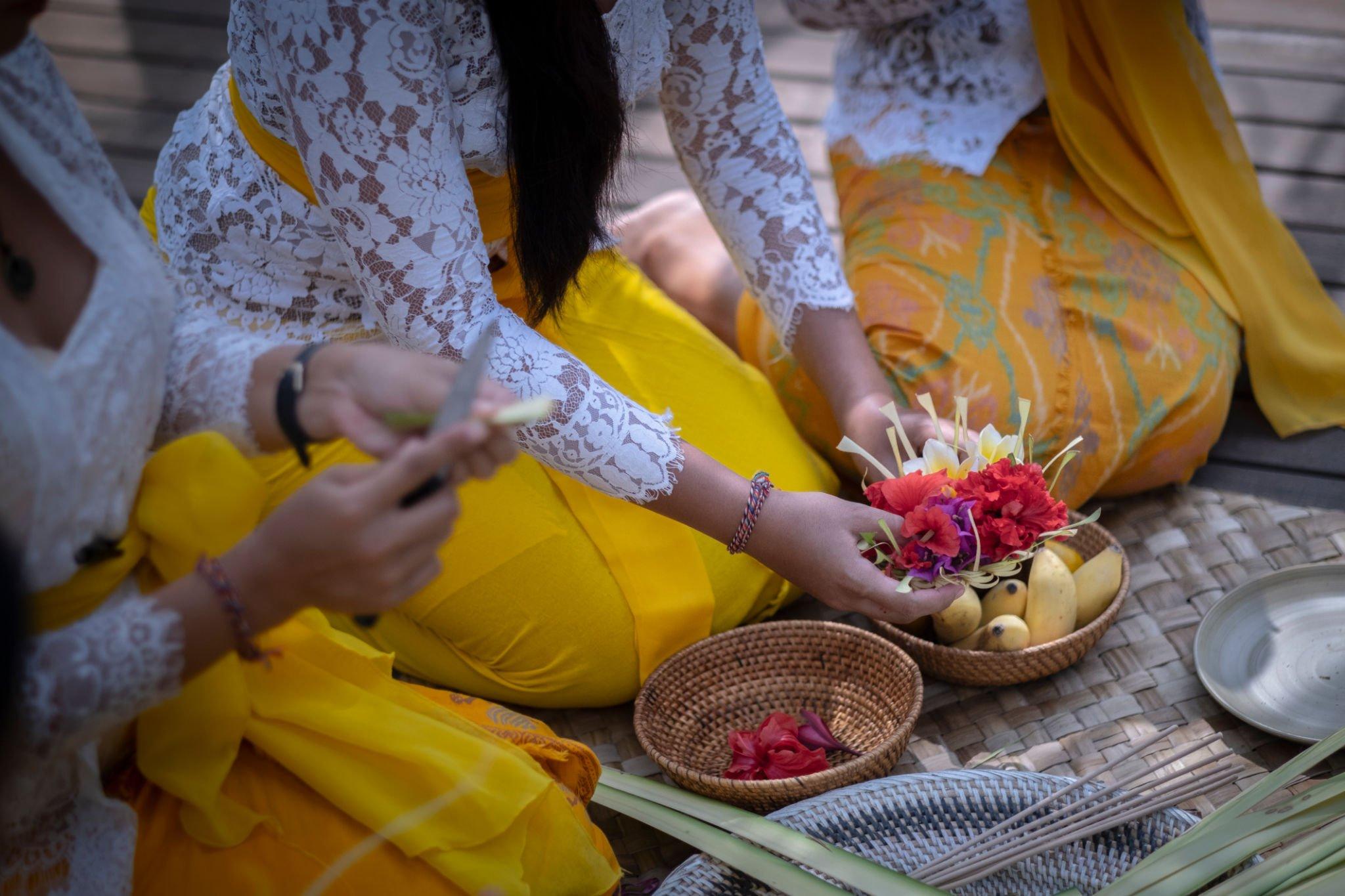
The Tridatu bracelet finds its roots in spiritual Balinese traditions and the quest for divine protection. The "Lontar Agastya Parwa," an ancient scripture, illuminates its significance as a safeguard against negative forces while imparting wisdom to its wearers. Its intricate thread pattern is no haphazard assembly; it's a carefully woven symbol of reverence, with threads of equal length intricately bound together.
The journey of the Tridatu bracelet began as a gesture of grace, known as "pinget" or "anugrah," for those who drew closer to the divine. The initial Tri Datu threads were bestowed upon the devout visitors of the sacred Pura Dalem Ped in Nusa Penida. This practice has since expanded to become a tradition in most temples across Bali, symbolizing spiritual protection, wisdom, and a divine connection.
Name and Meaning
The term "Tridatu" originates from the Balinese words "Tri" meaning three, and "Datu" meaning elements or colors. Therefore, Tridatu can be interpreted as an accessory bearing three elements represented by three threads of three distinct colors: red, white, and black.
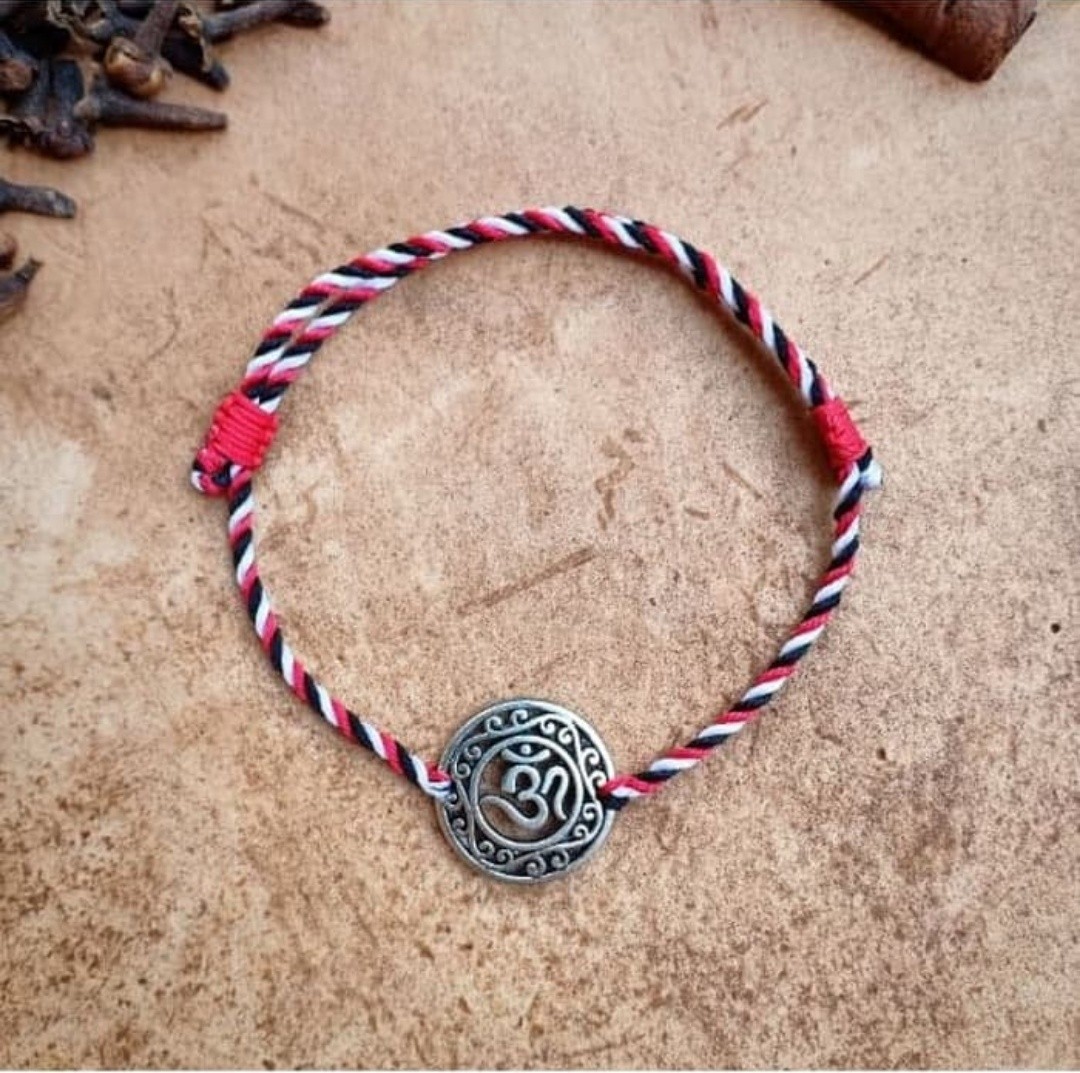
Each color thread carries profound symbolism in Balinese Hinduism.
Red (Merah): This vibrant hue symbolizes the creative force of Dewa Brahma, the deity of creation. In Balinese Hinduism, it is associated with the sacred syllable "Ang." Dewi Saraswati, the goddess of knowledge, is the divine consort of Brahma.
Black (Hitam): The black thread embodies Dewa Wisnu, the deity responsible for preservation and balance. In the Balinese script, it is represented by the mystical syllable "Ung."Dewi Sri, the goddess of prosperity and abundance, complements Vishnu's role.
White (Putih): White represents Dewa Siwa, the deity of transformation and spiritual transcendence. It corresponds to the holy syllable "Mang." Dewi Surga, the celestial goddess, is the partner of Shiva.
When these three sacred syllables, Ang, Ung, and Mang, are united, they form the powerful and universally recognized mantra "AUM." In spoken form, it becomes "OM." The "OM" symbol is considered a symbol of great spiritual significance, representing the ultimate reality and the divine. It is chanted during meditation and prayers to align one's consciousness with the universal consciousness. Beyond these individual deities, the Tridatu bracelet also represents "Tri Kona," signifying the three stages of human life: birth, life, and death.
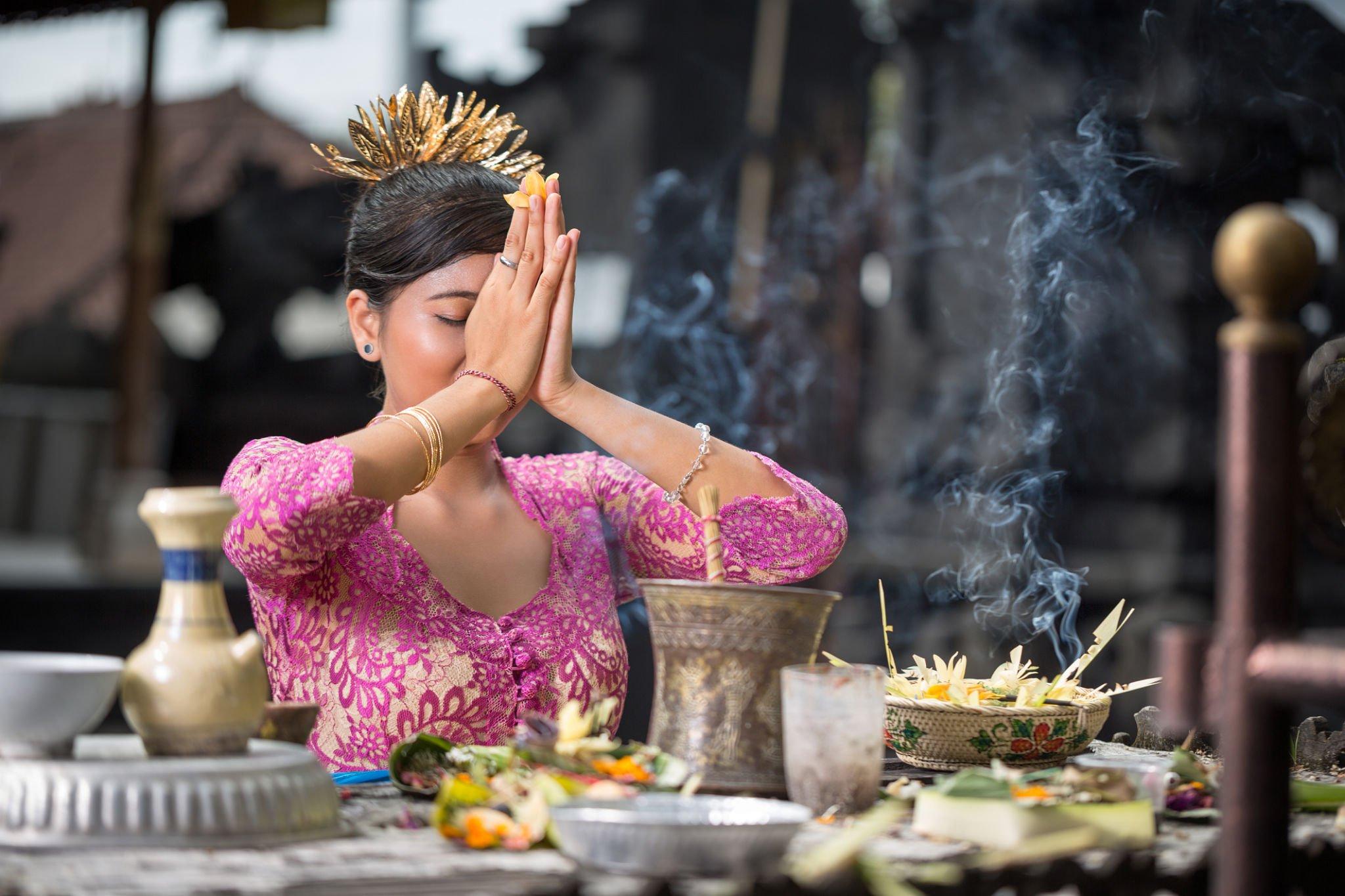
The threads used to craft this bracelet undergo a sacred ritual, leading Balinese Hindus to believe that the Tridatu holds the divine power of Ida Sang Hyang Widhi Wasa. As such, wearing it serves as a constant reminder to keep God in one's heart and every step.
Rules of Wearing
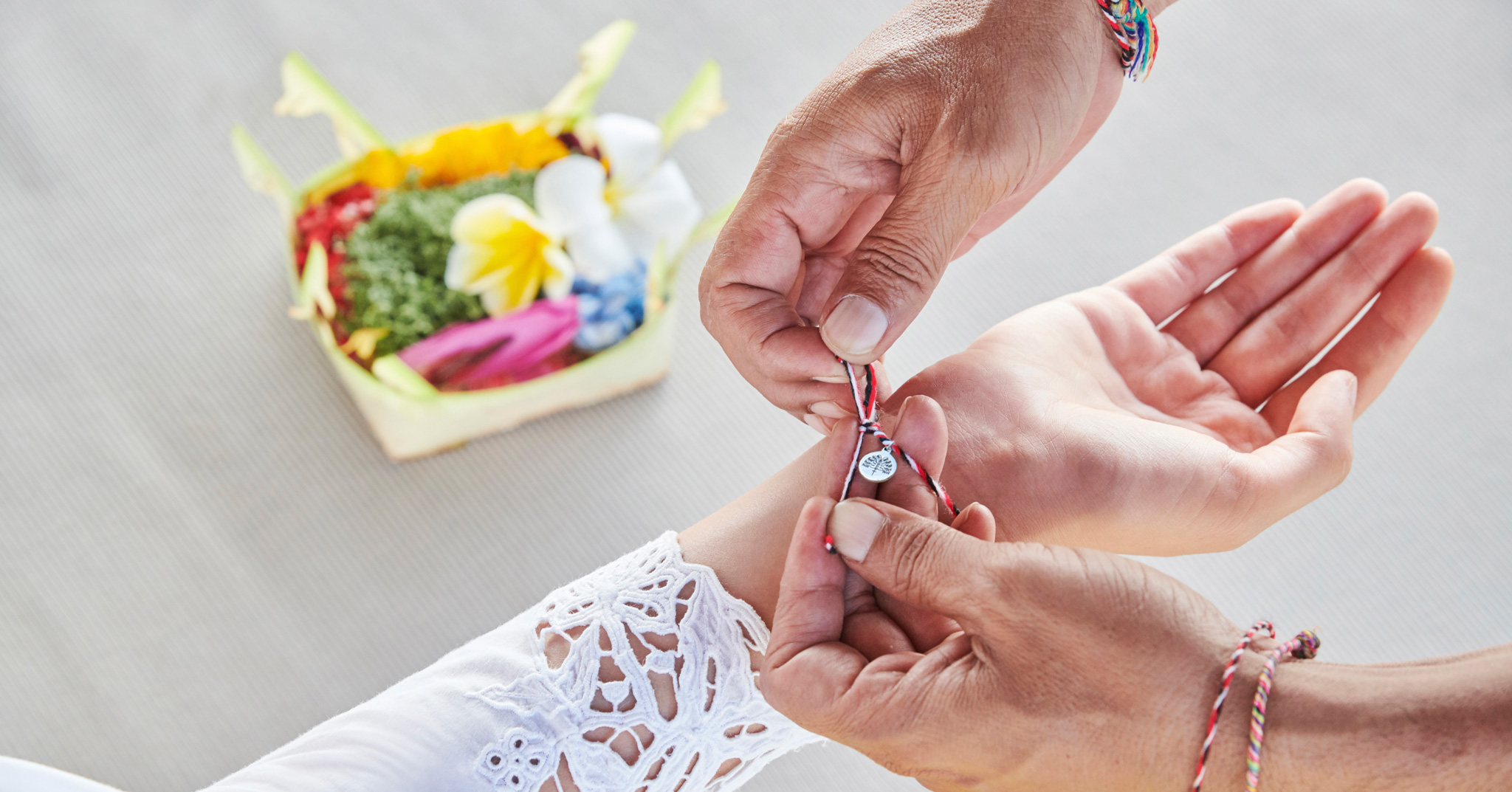
While non-Hindu individuals are welcome to wear Tridatu bracelets, there are some simple rules to follow. Tridatu bracelets should not be worn casually. They must be worn on the right hand, and wearing them on the left hand or the legs is considered disrespectful and an affront to Hindu beliefs. Balinese Hindu also believes that Tridatu bracelet will detach or worn out on its own time.
In Bali, the Tridatu bracelet is more than just an accessory; it's a symbol of spiritual devotion and cultural identity. As it has gained recognition beyond Bali, it serves as a tangible reminder of the island's rich spirituality and unique way of life. When you next encounter this striking bracelet, remember its profound significance, woven with threads of devotion, spirituality, and tradition.



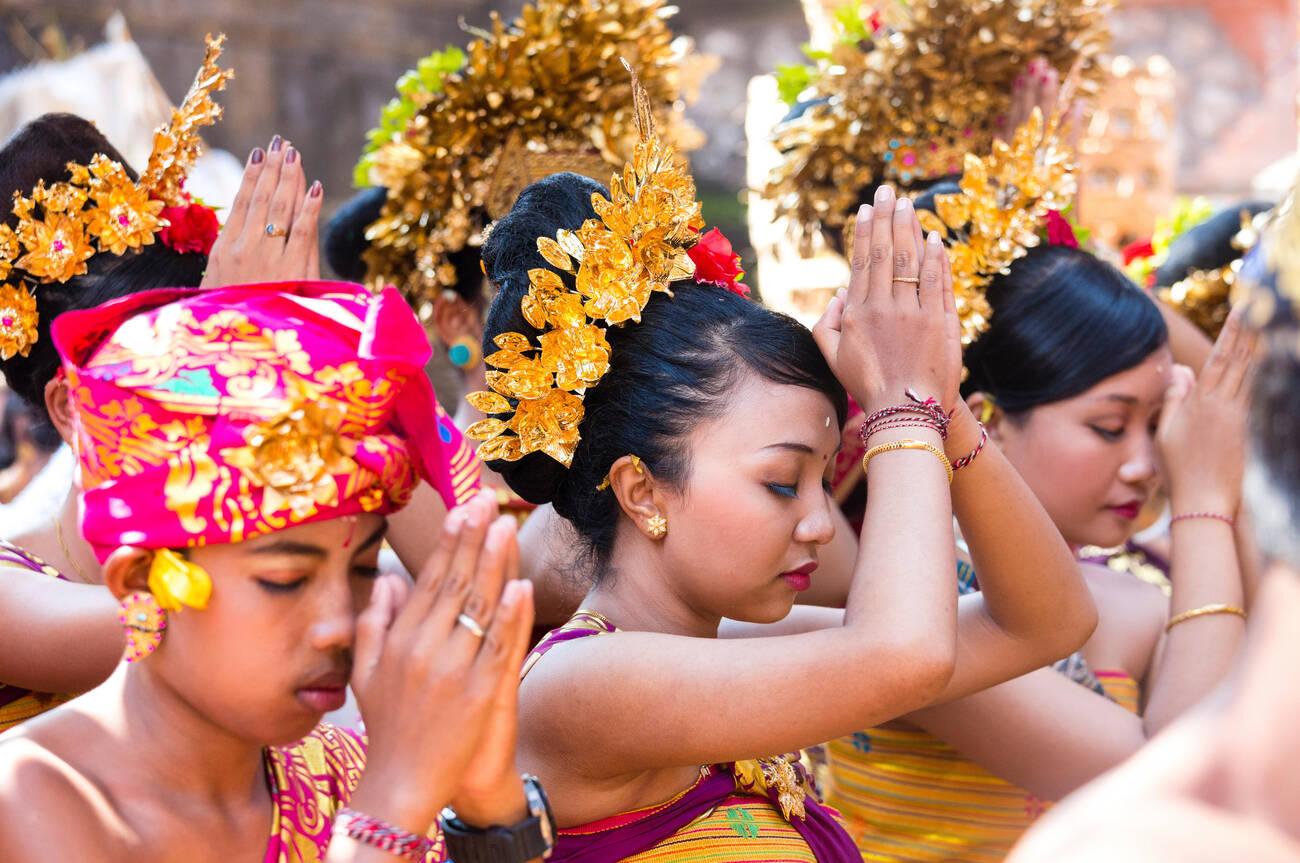
 Billy Bagus
Billy Bagus
 Oct 21, 2023
Oct 21, 2023






